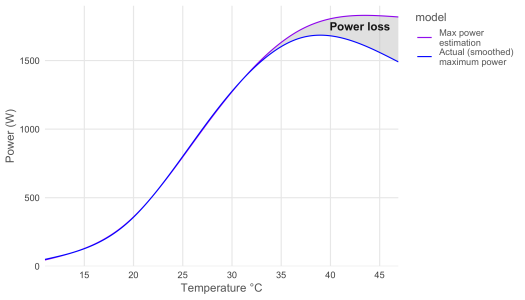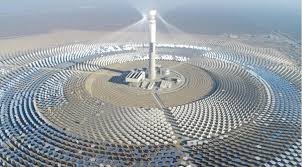- May 11, 2008
- 22,343
- 1,435
- 126
The answer is the Lut desert in Iran. over 70 degrees celcius peak temperature , 158 degrees fahrenheit.
Hot enough to melt the glue from sneakers.
Cameras stop working, smartphones stop working because of too high internal temperatures.
The lowest temperature is antartica which can reach - 89 degrees celcius , -128 degrees fahrenheit.
That is almost ideal place to use superconductors, which need to be cooled down.
Which i would not surprised if there have been some tests done in the cold regions of planet Earth , like for example in Russia near the arctic.
Hot enough to melt the glue from sneakers.
Cameras stop working, smartphones stop working because of too high internal temperatures.
The lowest temperature is antartica which can reach - 89 degrees celcius , -128 degrees fahrenheit.
That is almost ideal place to use superconductors, which need to be cooled down.
Which i would not surprised if there have been some tests done in the cold regions of planet Earth , like for example in Russia near the arctic.





